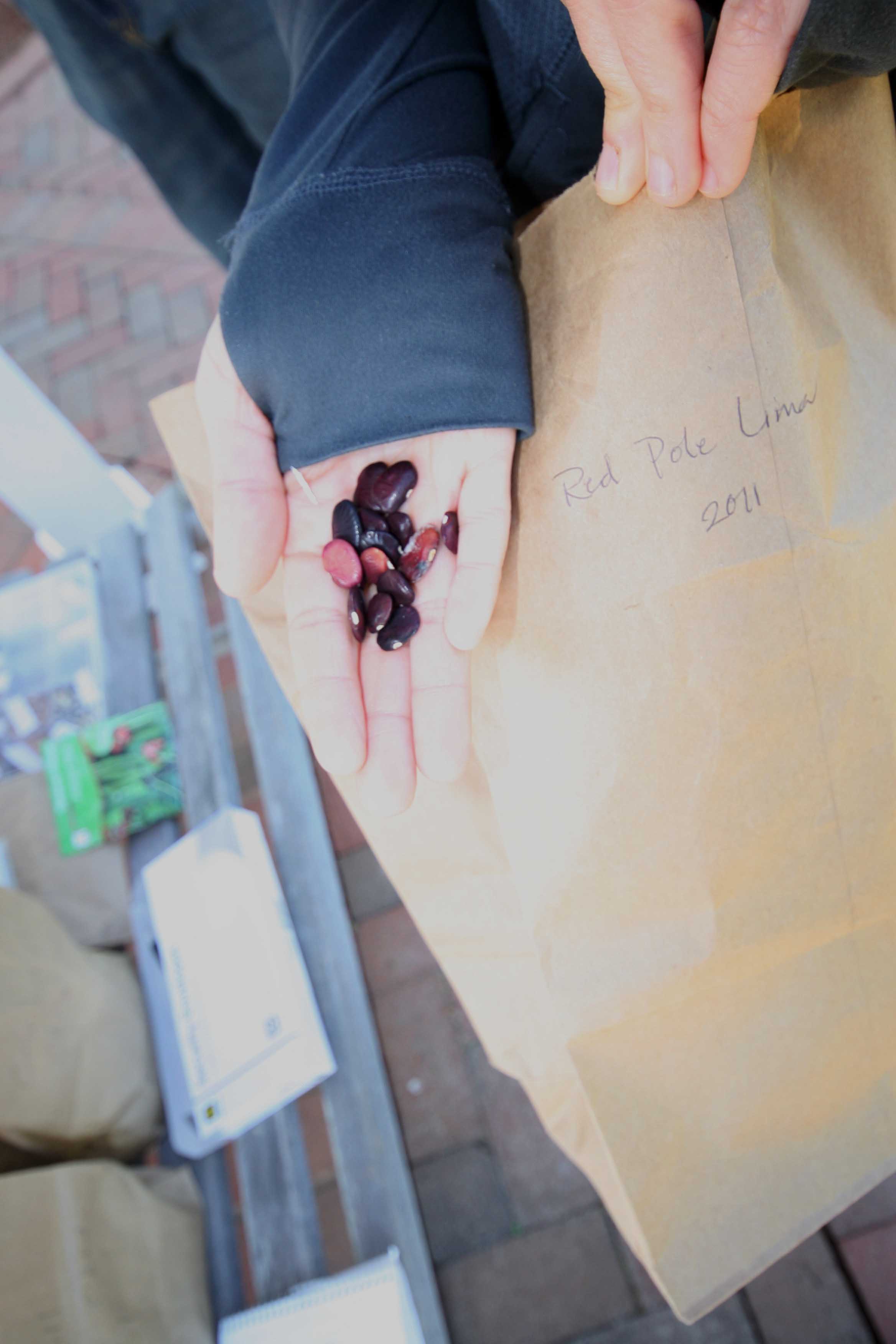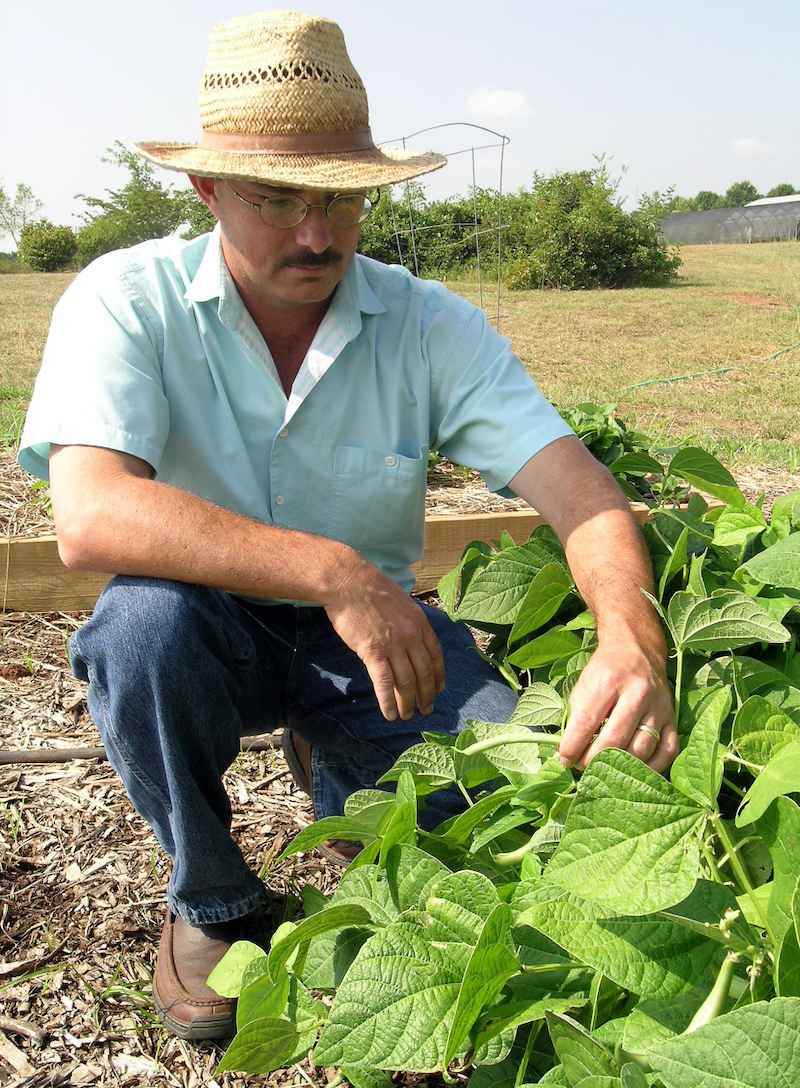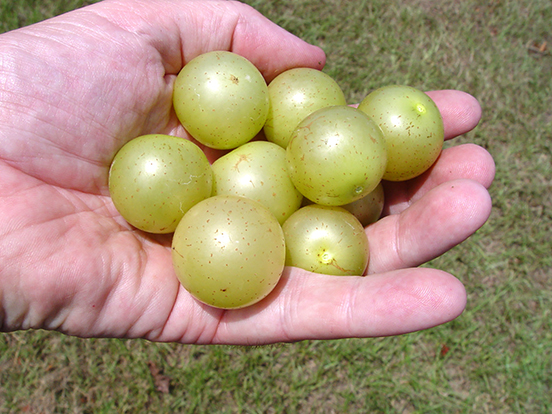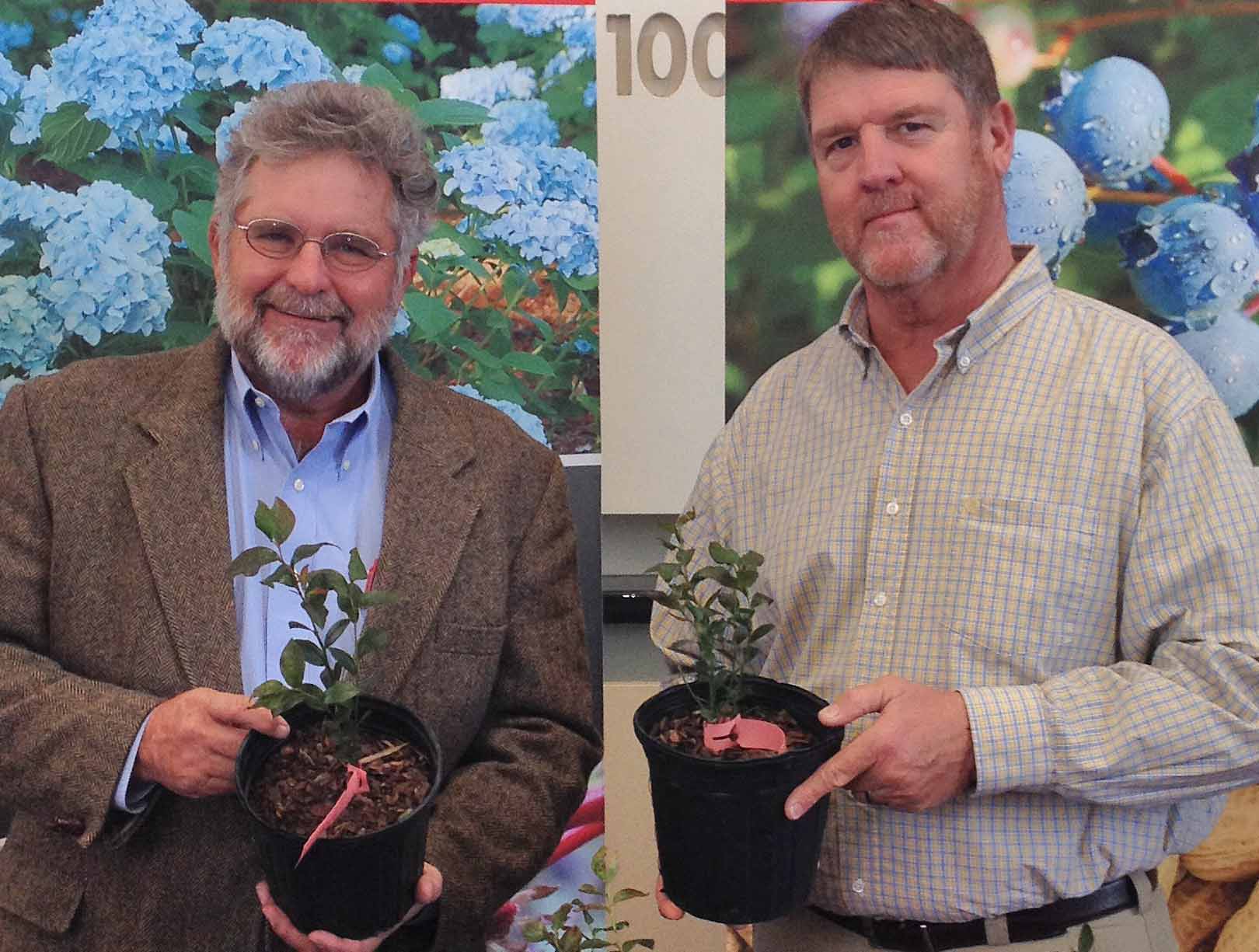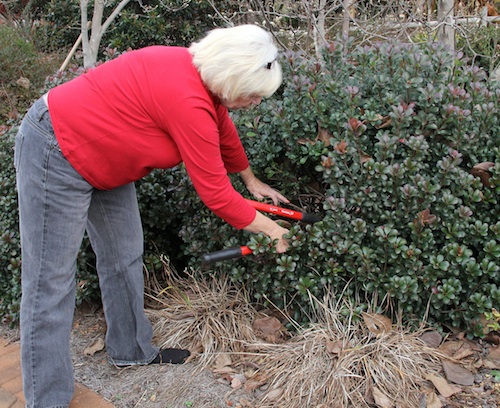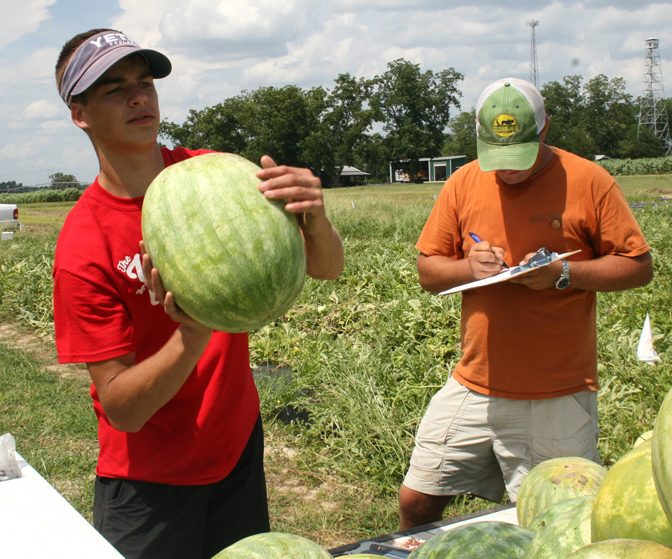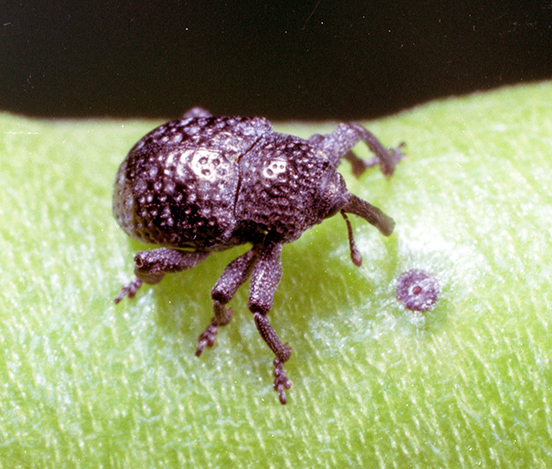 CAES News
CAES News
Cowpea Curculio
Southerners love crowder, purple hull and black-eyed peas; so do cowpea curculios, a weevil that feeds on Southern peas. University of Georgia researchers in Tifton are working to eliminate this pest, which causes substantial yield losses to Southern peas grown in south Georgia.

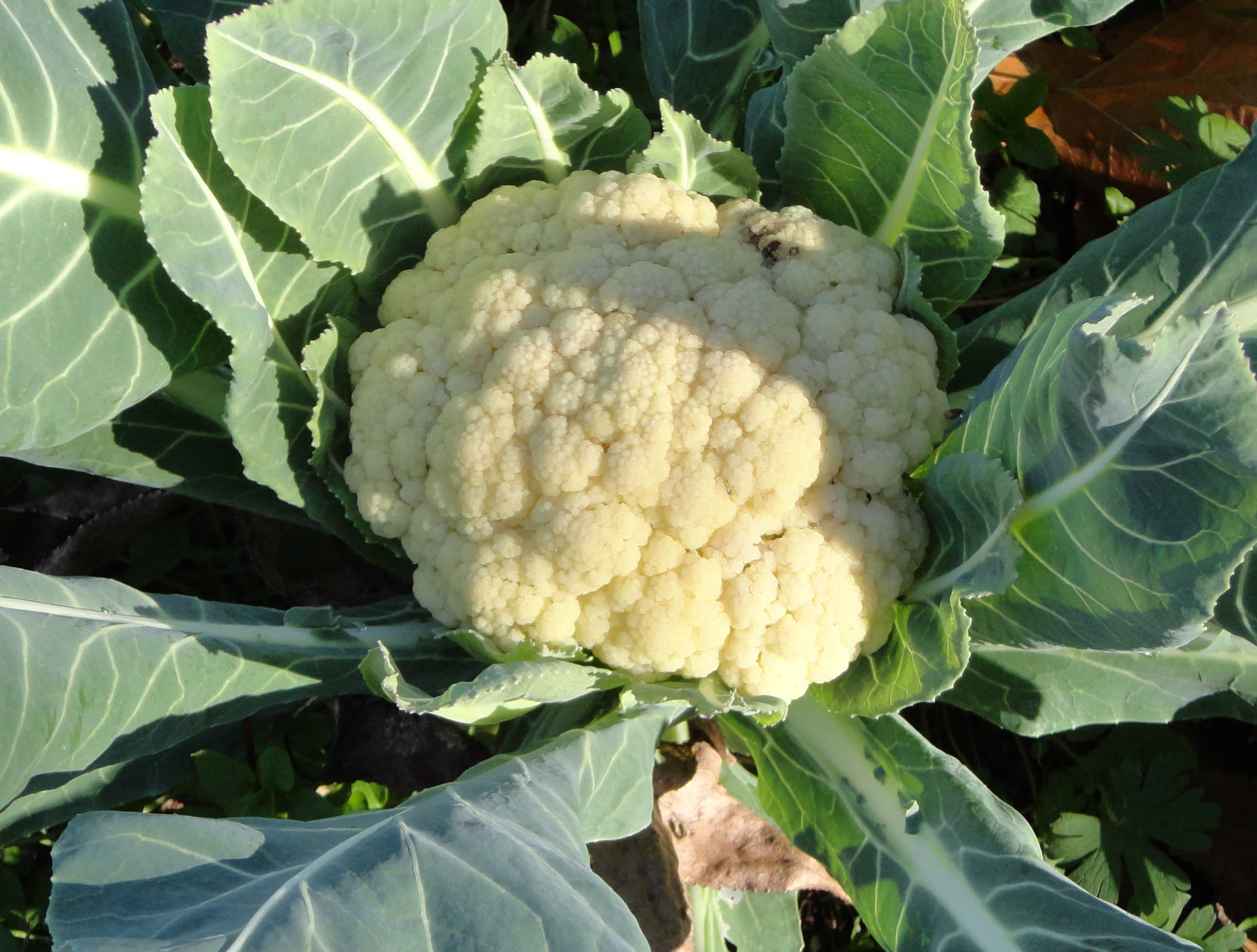
.jpg)
